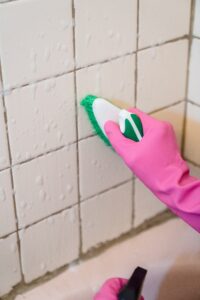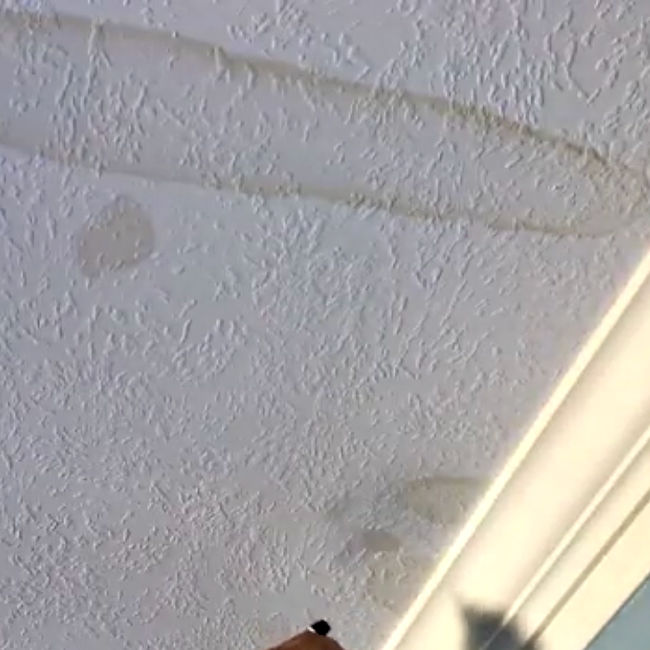Water Stains on Wall Surfaces: Assessing and Repairing Ways
Water Stains on Wall Surfaces: Assessing and Repairing Ways
Blog Article
How do you actually feel on the subject of Water Stains on Walls?

Water discolorations on wall surfaces are not pleasurable to the eyes. Your residence needs to lack stains on the wall surfaces, roof, or floorings. That is the perfect state of a home and also its frameworks. Occasionally it seems almost unpreventable to experience water stains on wall surfaces in homes.
Homeowners staying in damp regions continuously take care of the worry of water spots on walls. That doesn't have to be the case for you. With all-around and accurate info on the sources of water discolorations and also punctual repair service procedures, you will always be a step ahead of such incidents. This write-up promises to be a handy guide for you.
3 Usual Causes of Water Stains on Walls
Unlike common belief, water discolorations on walls do not always stem from poor structure products. There are numerous causes of water stains on walls. These consist of:
Poor Drainage
This will protect against water from leaking right into the wall surfaces. This web links to excessive moisture that you notice on the walls of your structure.
So, the leading reason for wet wall surfaces, in this instance, can be a poor water drainage system. It can additionally be because of bad administration of sewer pipes that run through the structure.
Moist
When warm damp air meets completely dry cold air, it causes water beads to form on the walls of buildings. When there is heavy steam from cooking or showers, this occurs in kitchens as well as bathrooms. The water beads can discolor the bordering walls in these parts of your home as well as infect other locations.
Wet or condensation impacts the roofing as well as walls of structures. When the wall surface is damp, it creates an ideal atmosphere for the development of microorganisms as well as fungis.
Pipeline Leaks
The majority of homes have a network of water pipes within the wall surfaces. It constantly raises the stability of such pipelines, as there is little oxygen within the walls.
Yet, a drawback to this is that water leakage impacts the wall surfaces of the structure as well as triggers prevalent damages. An indicator of faulty pipelines is the appearance of a water tarnish on the wall.
Water Discolorations on Wall Surface: Fixing Tips
Home owners would usually desire a quick fix when handling water spots. Yet, they would soon understand this is disadvantageous as the water spots recur. So, right here are a few useful tips that will certainly lead you in the repair service of water spots on walls:
Pro Pointer
A houseplant in your home also enhances its moisture. So, if your house is already moist, you may want to introduce houseplants with minimal transpiration. An example of suitable houseplants is succulents.
Conclusion
Although no person wants to have water spots on walls in their residence, it can occur to the best people. This article provides you leverage, as you now recognize how to manage this mishap if it does take place.
It is constantly best to recruit professional solutions to help fix the problems in your home.
Occasionally it seems practically unpreventable to experience water stains on walls in houses.
Contrary to prominent belief, water spots on walls do not always stem from inadequate building materials. There are several reasons of water discolorations on wall surfaces. The water beads can tarnish the bordering walls in these components of your house and spread to various other locations.
Right here are a couple of practical tips that will direct you in the fixing of water discolorations on walls:
CHECKING FOR WATER DAMAGE
Water damage can be costly, and it may begin before you even notice the first signs of trouble. Water damage can cause mold and mildew in your walls and floors, which can create an abundance of health concerns for your family. It can also lead to costly repairs of various appliances and general home fixtures. To avoid the pricey consequences of water damage, here are Warner Service’s top 5 places you should check:
The walls – The easiest place to spot the beginnings of water damage is on the walls and ceilings of your home. If water damage is present, there will most likely be water stains, especially around the windows and doorframes, and/or cracks in the drywall. If a stain looks unusual (discolored to brown, black or gray, raised texture), has a swollen appearance or is soft to the touch, contact a professional immediately. The pipes – To avoid water damage, consistently check the pipes in your kitchen (especially the dishwasher and ice maker), bathrooms, laundry room (specifically washing machines) and basement for corrosion, leaks and water stains. Pay special attention to where the pipes connect in your home and the location of caulking around the bathroom fixtures, including toilets, sinks, showers and tubs. Missing or loose caulking and grout could be signs of leaking water. This seepage can also quickly cause mold and rust, so double check your water heater and tank for wet spots on the floor. The floor – Water damage is very easy to spot on the floor. Look for any warping or buckling of the material, especially in the basement. If your home has wood flooring, look for bright white or dark stains. If your home has carpeting, keep it dry and clean. A damp carpet that smells of mold could cause water damage and health problems. To avoid this, consider installing floor pans under your appliances to help prevent damages from small, slow and undetected leaks. The basement and attic – If your basement or attic smells odd check for mold and mildew around the area, especially the valley where the roof meets. While you are inspecting those areas, check for wall cracks, floor stains, rust and dampness in the insulation. If you live in a colder and/or rainier climate, perform routine checks for water damage from melting snow or ice and rain. The exterior – Check the roof for damaged flashing and missing, cracked or curled shingles. There should also be no standing water anywhere outside your home. This could be caused by puddles, leaky rain gutters or hoses, poor drainage, or short gutter spouts. Invest in a sump pump system or water flow monitoring system, and perform routine maintenance on these outdoor appliances to avoid indoor water damage.

As a fervent reader about How to Find and Repair Water Leaking in the Wall, I assumed sharing that editorial was smart. So long as you liked our blog entry kindly don't forget to share it. I love reading our article about How to Find and Repair Water Leaking in the Wall.
Preserve your space; contact us. Report this page